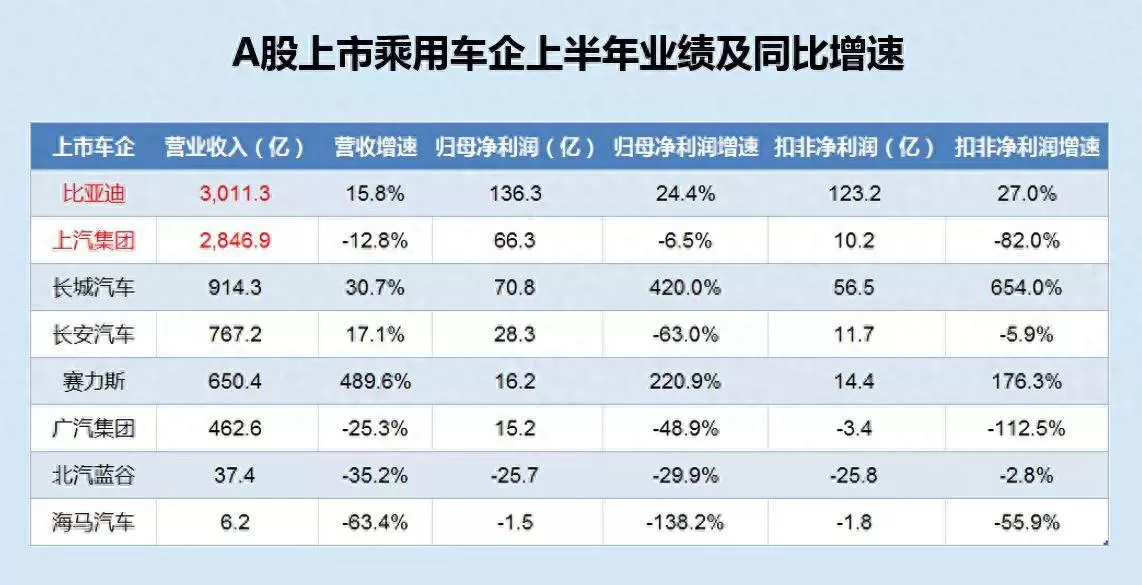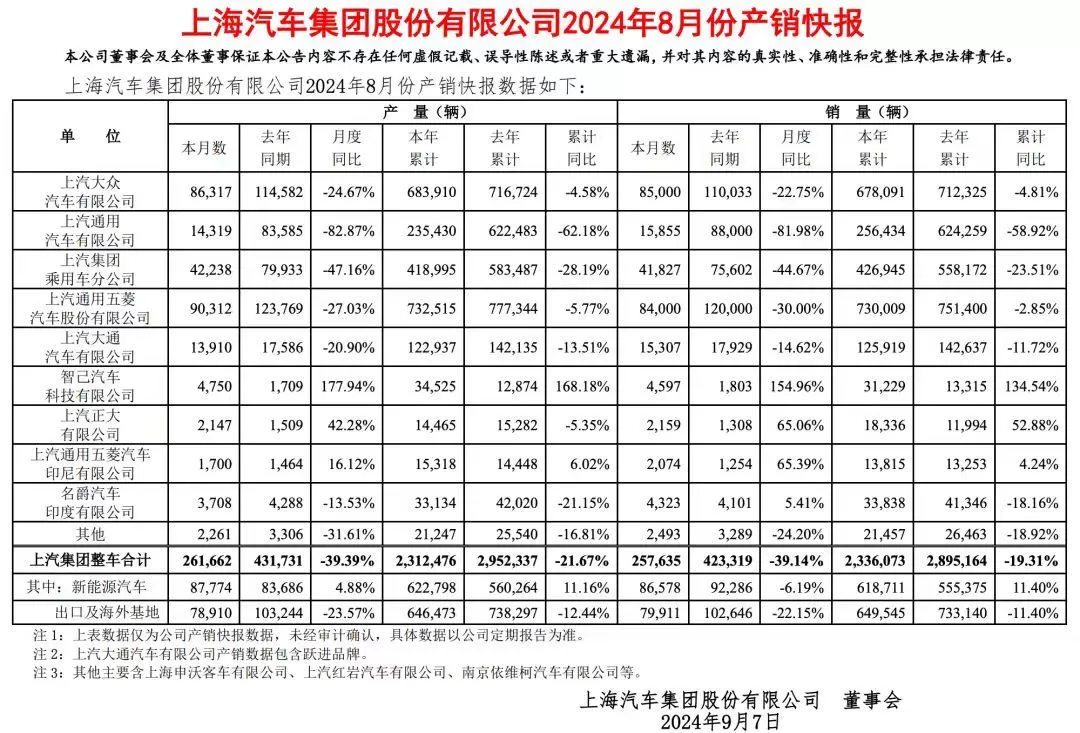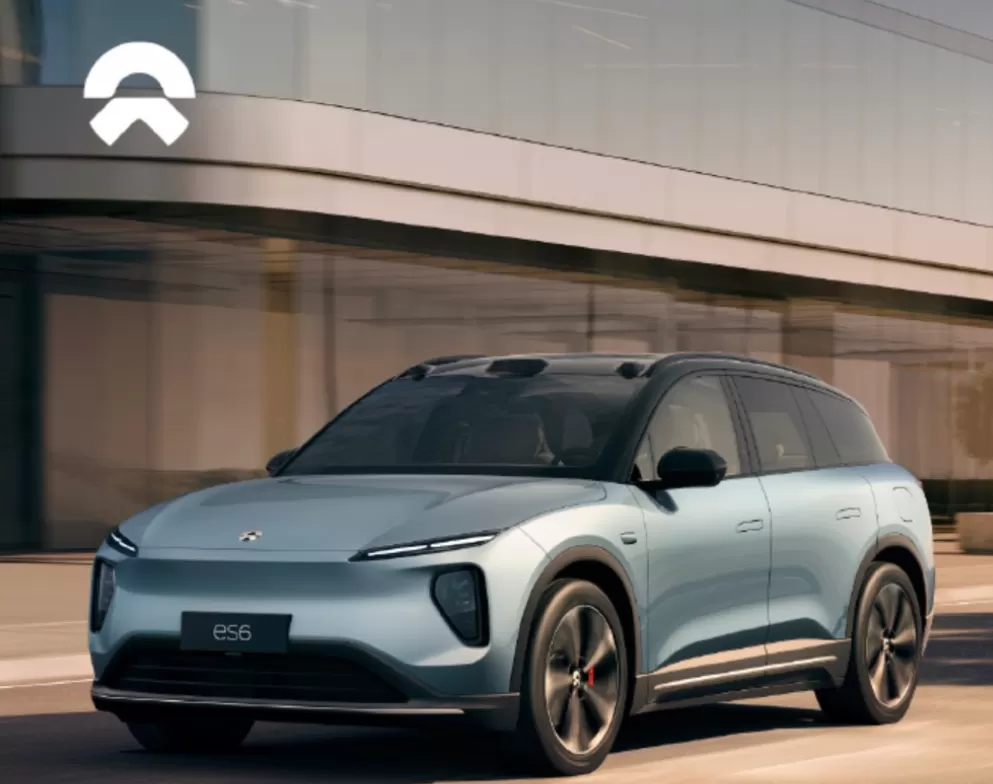The 2024 mid-year financial reports of major automakers have all been released, and, unsurprisingly, BYD has once again stolen the spotlight. With total revenue for the first half of the year reaching 301.1 billion yuan, a year-on-year increase of 15.76%, BYD has surpassed SAIC (Shanghai Automotive Industry Corporation), leading in market value, revenue, sales, and profits to become China’s largest automotive group, achieving significant breakthroughs in global markets. What insights can we glean from the numbers behind the data? Let’s delve into the BYD financial report that has left its competitors gasping.

1. Revenue Surpasses SAIC Group
In recent years, we’ve grown accustomed to BYD dominating sales charts, but it seems we've forgotten just how massive SAIC is. Partnering with Volkswagen and General Motors, acquiring the British brand Rover, and merging with Nanjing Auto, SAIC controls subsidiaries like SAIC Volkswagen, SAIC GM, SAIC-GM-Wuling, Maxus, Roewe, MG, R, and IM Motors, among others. Without BYD’s presence with its 301.13 billion yuan in revenue, SAIC’s 284.69 billion yuan would have been an unchallenged lead. For comparison, Geely came in third with 107.3 billion yuan, Great Wall in fourth with 91.43 billion yuan, and Changan in fifth with 76.72 billion yuan. In other words, even the combined revenues of the third, fourth, and fifth positions don’t match up to SAIC, showcasing its enormous scale.
BYD’s overtaking of SAIC Group essentially represents the rise of new energy vehicles (NEVs) over traditional fuel vehicles. Taking August sales as an example, SAIC Group’s total vehicle sales reached 261.662 units, including 87.774 new energy vehicles and 78.910 exports. This means that fewer than 100.000 pure fuel vehicles were sold domestically, including multiple brands like SAIC Volkswagen, SAIC GM, SAIC-GM-Wuling, Roewe, and MG. Most of these sub-brands saw year-on-year declines of over 20%. The only SAIC brand that saw domestic sales growth was IM Motors, also a new energy brand.

2. A Complete Victory Over Tesla
There was once a time when Elon Musk, in discussing BYD, displayed a dismissive attitude, laughing as he asked his interviewer, “Will Chinese people buy their cars?” But by last year, when asked again about BYD, Musk had to acknowledge the shift, saying that was a long time ago, and now BYD’s cars are highly competitive.
BYD and Tesla are the two global giants of new energy vehicles, far ahead of their closest competitors. However, the trend of them progressing side by side has started to shift, as seen in Tesla’s Q2 report and BYD’s mid-year report. According to Tesla’s Q2 report, the company delivered 444.000 vehicles in the second quarter, down 4.7% year-on-year, with its automotive gross profit margin dropping to 12.9%, and net profit for the first half of the year at $2.64 billion, a year-on-year decline of 48.8%.
In contrast, BYD delivered 983.000 vehicles in the first half, up 39.7% year-on-year, with an automotive gross profit margin of 23.9%, and a net profit of 13.63 billion yuan, up 24.4%.
From the financial reports, BYD has won this round convincingly.
Tesla's product lineup is relatively limited, with only two main sellers, the Model 3 and Model Y, and it focuses exclusively on pure electric vehicles without any presence in the plug-in hybrid market. More importantly, Tesla’s core business is not automotive—at its core, Tesla is more of a tech company than a car manufacturer. In the highly competitive domestic market, it’s understandable that its performance is declining.
3. The King of R&D
At BYD’s headquarters in its hexagonal building, there’s a patent wall with eight large characters in the center: “Technology is king, innovation is fundamental.” BYD not only says this but practices it. In the first half of the year, BYD’s R&D investment reached 20.2 billion yuan, a 42% increase year-on-year, equivalent to burning through 110 million yuan every day, making it the top investor in R&D among domestic automakers.

With R&D spending of 20.2 billion yuan and net profits of 13.6 billion yuan, BYD’s R&D expenditure exceeded its net profits. Since 2011. for 13 of the past 14 years, BYD’s R&D investment has been higher than its net profit, sometimes even several times greater. According to Wind data, among over 5.300 listed companies on China’s A-shares market, BYD ranks first in R&D expenditure, earning it the title of “R&D King” of A-shares.
4. Thriving Amid Competition
This is an extremely healthy financial report, with strong sales, revenue, profits, and ample profit to support R&D, creating an almost perfect positive cycle. It does not show any signs of excessive competition, nor is there a case of "hurting the enemy by 1.000 and losing 800" in the process.
However, looking at the car market in the first half of the year, terms like "market competition" and "price war" have been frequently mentioned, with some executives from other automakers even publicly calling for an end to excessive competition.
In reality, from the financial report, BYD has not engaged in excessive competition but has followed the normal rhythm of market competition aligned with its development goals. The effects of the competition have not impacted BYD itself but have instead accelerated market optimization. While competitors struggle, BYD profits—earning 13.6 billion yuan.
This is where BYD truly leaves its competitors in despair. You may have fought with all your strength, offering discounts or even selling at a loss, but you still can’t outsell them. You think your painful sacrifices mean they are suffering too, but in fact, they are just operating as usual, with profits unaffected. We all believed there was a price war in the first half of the year, but in reality, BYD’s price war hasn’t even started. The 13.6 billion yuan in profits is just a number on the financial report, but the ability to sustain 13.6 billion yuan in profits during a price war is what’s truly frightening.






